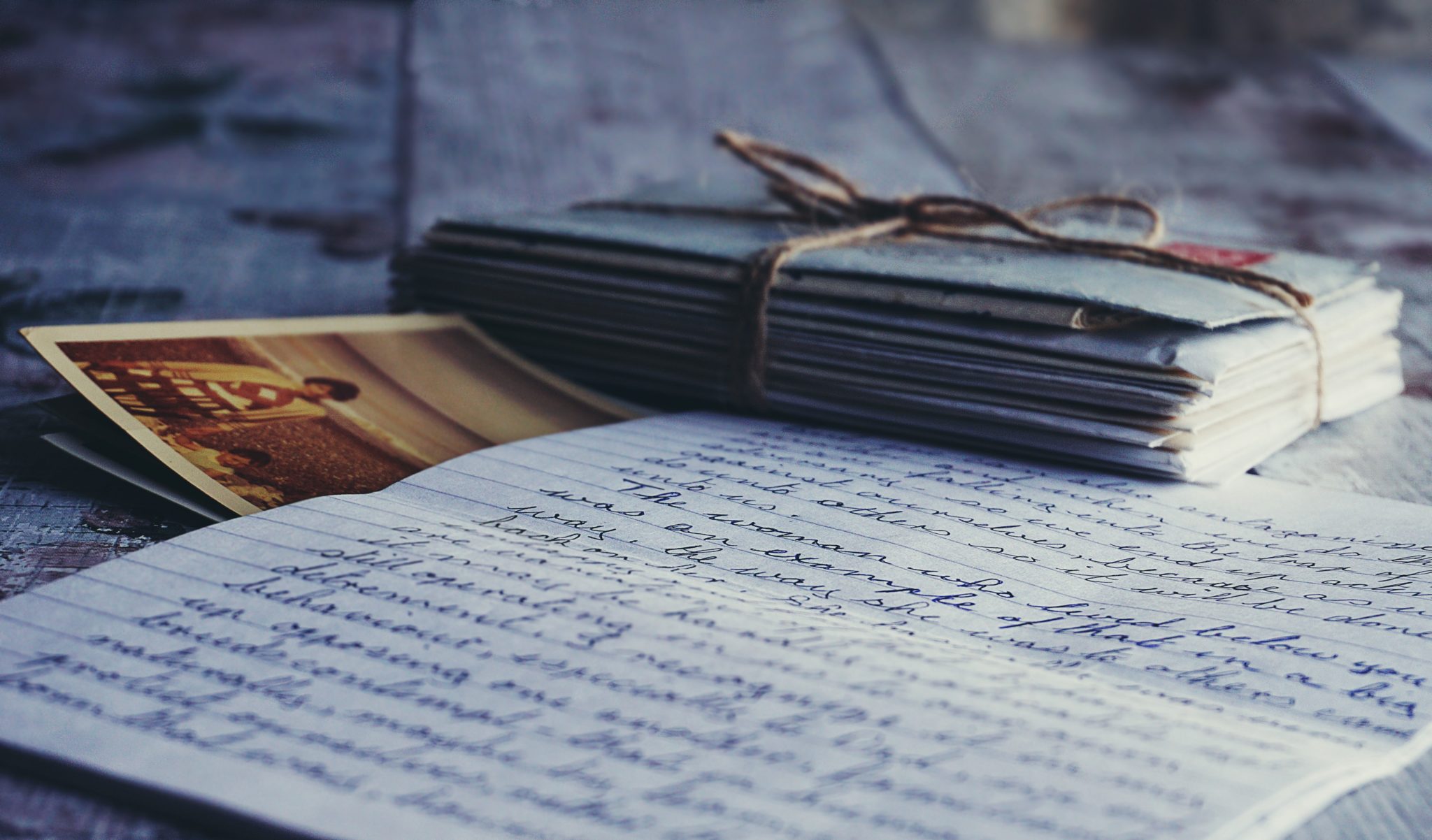 In the midst of the holiday season, social distancing has never felt so distant. Many of us are contemplating how to make this time feel special when we are unable to gather and celebrate as we have in past years. Of course there are digital ways to connect with each other, but as we become even more reliant on video chats and technology, people are experiencing digital fatigue. So, I humbly offer up a suggestion for a new tradition: letter writing. Personal letters have fallen out of fashion, to be replaced by emails, picture postcards and family newsletters, especially around the holidays. And those are great ways to keep in touch, but there’s something special about a handwritten letter.
In the midst of the holiday season, social distancing has never felt so distant. Many of us are contemplating how to make this time feel special when we are unable to gather and celebrate as we have in past years. Of course there are digital ways to connect with each other, but as we become even more reliant on video chats and technology, people are experiencing digital fatigue. So, I humbly offer up a suggestion for a new tradition: letter writing. Personal letters have fallen out of fashion, to be replaced by emails, picture postcards and family newsletters, especially around the holidays. And those are great ways to keep in touch, but there’s something special about a handwritten letter.
Just what is it about letters that makes them so special to us? That’s what Nina Sankovitch seeks to uncover in “Signed, Sealed, Delivered.” Sankovitch turns to famous letters of the past, as well as the letters she’s personally saved, to discover the unique ways letters connect us and why we treasure them.
But maybe it’s been a long time since you’ve written a letter, or perhaps you haven’t ever written one. Never fear! In her book “The Art of the Personal Letter” Margaret Shepherd offers a guide to expressing yourself on paper and crafting a letter that is both beautiful and meaningful, whatever the occasion.
You’ve selected a recipient. You know what you’re going to say. All that’s left is to choose how to write your letter. I’m making the case for writing your letter by hand, but you could type it. In the end it’s what you say that matters most. If you do want to hand-write your letter, but feel your handwriting isn’t the best, or you’d like to add a bit more flair, the following books have you covered.
In “The Lost Art of Handwriting,” Brenna Jordan has compiled a guide to penmanship. Whether you want to improve your everyday handwriting or simply develop a more elegant style for special occasions, these worksheets and exercises will have you penning beautiful letters in no time.
Beyond basic handwriting, there are other ways to add style and personality to your letters, namely hand lettering and calligraphy. While you probably won’t want to write your entire letter with either, they both offer options to jazz up letters and envelopes. A good place to begin is with “Hand Lettering Step by Step” by Kathy Glynn, and “Calligraphy and Lettering” by Denise Lach. Both books introduce readers to the basics of calligraphy and hand lettering, contain alphabet exemplars for different fonts and styles and suggest ideas for projects that go beyond letter writing.
Finally, after crafting the perfect personal letter, you deserve to relax. And what better tool to help you unwind than an epistolary novel! Epistolary novels are told in the form of letters, diary entries, emails, texts or other documents. But, in keeping with my theme, I’ve chosen to focus on those written as letters. A classic example is “The Guernsey Literary and Potato Peel Pie Society” by Mary Ann Shaffer. When Juliet Ashton receives a letter shortly after the end of World War II from Guernsey resident Dawsey Adams, a stranger who casually mentions his oddly named society, she’s intrigued. Juliet writes back, and soon begins exchanging letters with Dawsey and the other members of the society. Through their correspondence she learns about the German occupation of Guernsey and develops a strong connection with Dawsey and the other island residents.
The novel “On Earth We’re Briefly Gorgeous” by poet Ocean Vuong, is written as a letter from Vietnamese American Little Dog to his mother, a letter he knows his illiterate mother will never read. In it, he writes about his abusive childhood, his difficult family history and his struggles to find his place as a gay man in an often cruel world.
Finally, in “This Is How You Lose the Time War” by Amal El-Mohtar and Max Gladstone, two women on opposite sides of a time war for control of the future forge a forbidden connection through letters.


